Buy or gift a digital subscription and get access to the complete digital archive of every issue for just £18.99 / $23.99 / €21.99 a year.
Buy/gift a digital subscription Login to the Digital Edition_600_393_80.jpg)
The ancient site of Pergamon, high above the town of Bergama. Below: The Red Hall Basilica (Kızıl Avlu) A colossal Roman temple in the center of Pergamon town. photographs Monica Fritz
_145_100_s_c1.jpg)
Capital of the Roman province of Asia, Pergamon is one of the major ancient sites of Anatolia, and in 2014 ‘Pergamon and its Multi-Layered Cultural Landscape’ was awarded Unesco World Heritage status. First settled by the Aeolian Greeks in the 8th century BC, it came to prominence in the 3rd century BC during the Pergamene dynasty as a centre of intellectual excellence.
The ruined city spreads over two sites 1000ft above Bergama, a sleepy town that seems unphased by its priceless backrop. There are few hotels, and little else to detain a visitor, but the sites are worth the effort. The Acropolis, inside a three-mile city wall, is on the north side of the Bergama river valley. Spread around the top of the 3rd-century theatre, which seated 10,000, are the bare remains of the marble columns of the Temple of Trajan and the foundations of the Library, which held around 200,000 parchments, and the altar of Zeus. The Pergamon Museum in Berlin was built in 1901 to house the magnificent altar, dating from 180–160BC, which had been excavated between 1878 and 1886 by a German engineer, Carl Humann, who had initially been involved in road building in Turkey.
On the south side of the river is the The Aesclepion, a medical centre and complete health spa, made famous by its physician, Galen. (He recorded the consumption of artichokes for medicinal purposes, writes Berrin Torolsan in an article on the giant Turkish globe in Cornucopia 15). Ethnographic and archaeological museums are nearby.
By the roadside around Bergama, look out for winter melons, a speciality of Kırkağaç, some 60km east of Bergama. Describing the local Hasenbey variety in Cornucopia 39, Berrin Torolsan writes: “…with its thick, knobbly, deep green and citrine rind and its buttery flesh oozing sweetness, [it] is regarded as one of the finest casaba melons in the world.”
A day’s excursion from Izmir, 100 km south, could end with a dip in the sea at Foça, the city’s nearest decent beach resort, where Phoceans once set sail to settle Marseille and Amporias on the Costa Brava. Bergama straggles out across the valley, and the site is extensive, too. A day is needed for proper exploration. Even on a guided tour, be prepared to walk – uphill. A taxi can be hired to drive between the two sites.
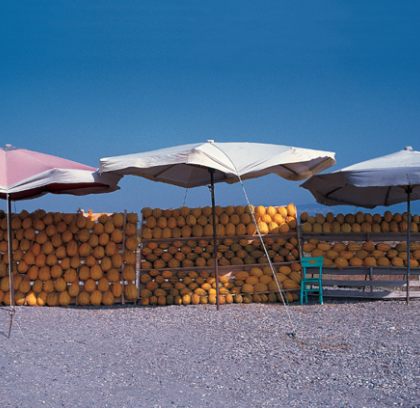
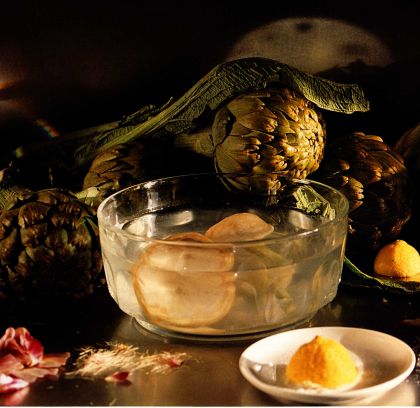
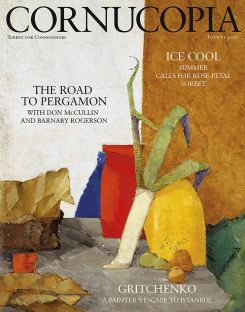
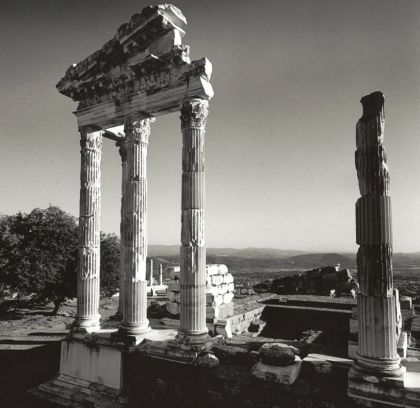
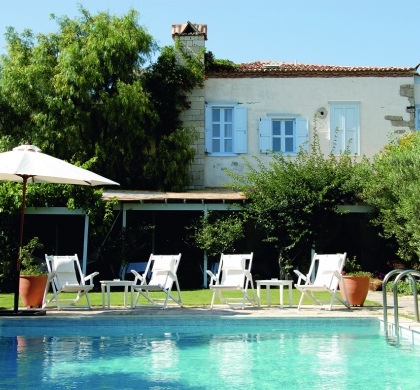
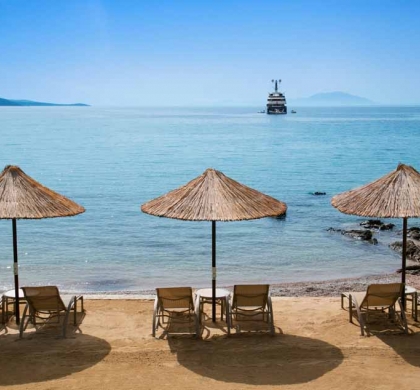
 Issue 68, July 2025
Angora’s Mesmerising Beauty
Issue 68, July 2025
Angora’s Mesmerising Beauty

Cornucopia works in partnership with the digital publishing platform Exact Editions to offer individual and institutional subscribers unlimited access to a searchable archive of fascinating back issues and every newly published issue. The digital edition of Cornucopia is available cross-platform on web, iOS and Android and offers a comprehensive search function, allowing the title’s cultural content to be delved into at the touch of a button.
Digital Subscription: £18.99 / $23.99 (1 year)
Subscribe now